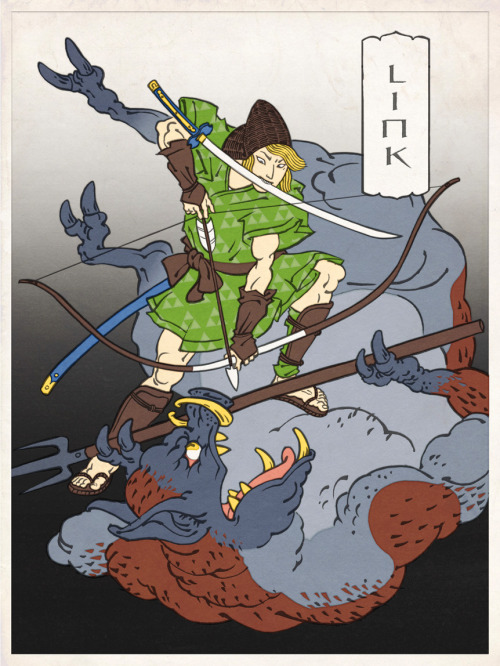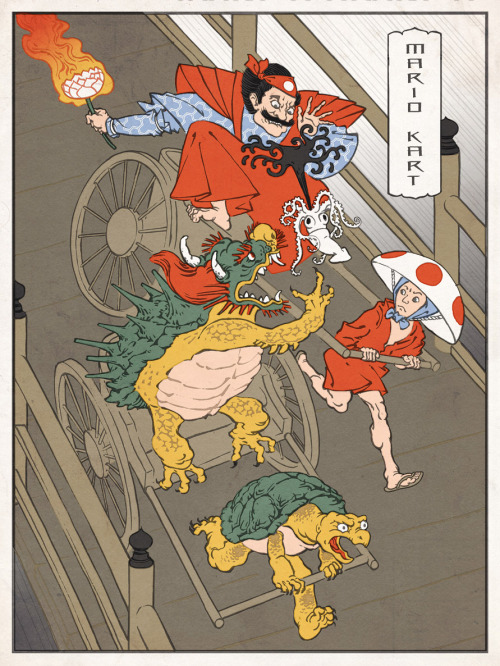Seven Things for June 7th
I’ll be gone this weekend, so my dream of catching up on resources by posting every day is slowed a bit. Here’s today’s seven:
- The free Process Explorer has a lot more functionality than its name implies. One very cool feature is that it actually shows GPU usage. Run it, right-click a process that’s running and select Properties, then go to the GPU Graph tab to watch memory use and GPU load.
- If you are seriously involved in implementing bump maps, parallax occlusion maps, etc., Morton Mikkelsen’s blog has a lot of chewy information, along with demos and source. He’s doing a lot of interesting work on autogenerating and blending mappings.
- The game itself is no great shakes, but Google’s Cube has some lovely 3D rendering going on via javascript.
- Another “3D in the browser” experiment (with WebGL) is sketchPatch. It’s not as simple as advertised, but I like the idea of an interpreted language you just type and see in the same window.
- There are lots of reasons Unreal Engine 3 is the most popular commercial 3D engine for games. Here’s some nice eye candy from their tutorial on image reflection, which is also just plain educational.
- Some cool results here using cone tracing for global illumination effects. Seeing these effects for dynamic objects at interactive rates is great stuff, especially since they’re having to update octrees on the fly.
- I love the colored Japanese woodcuts of classic videogames that Jed Henry has been making:

